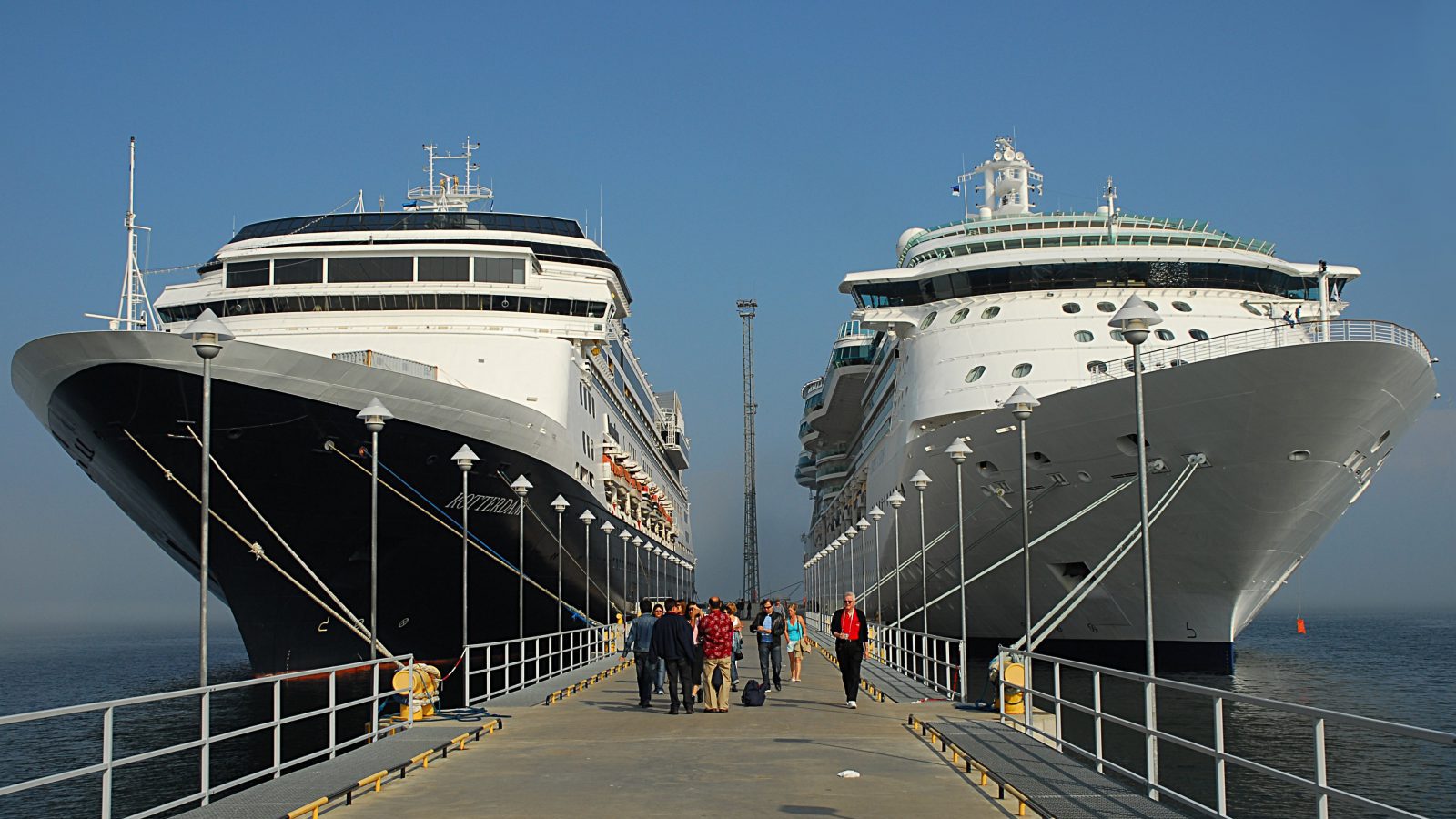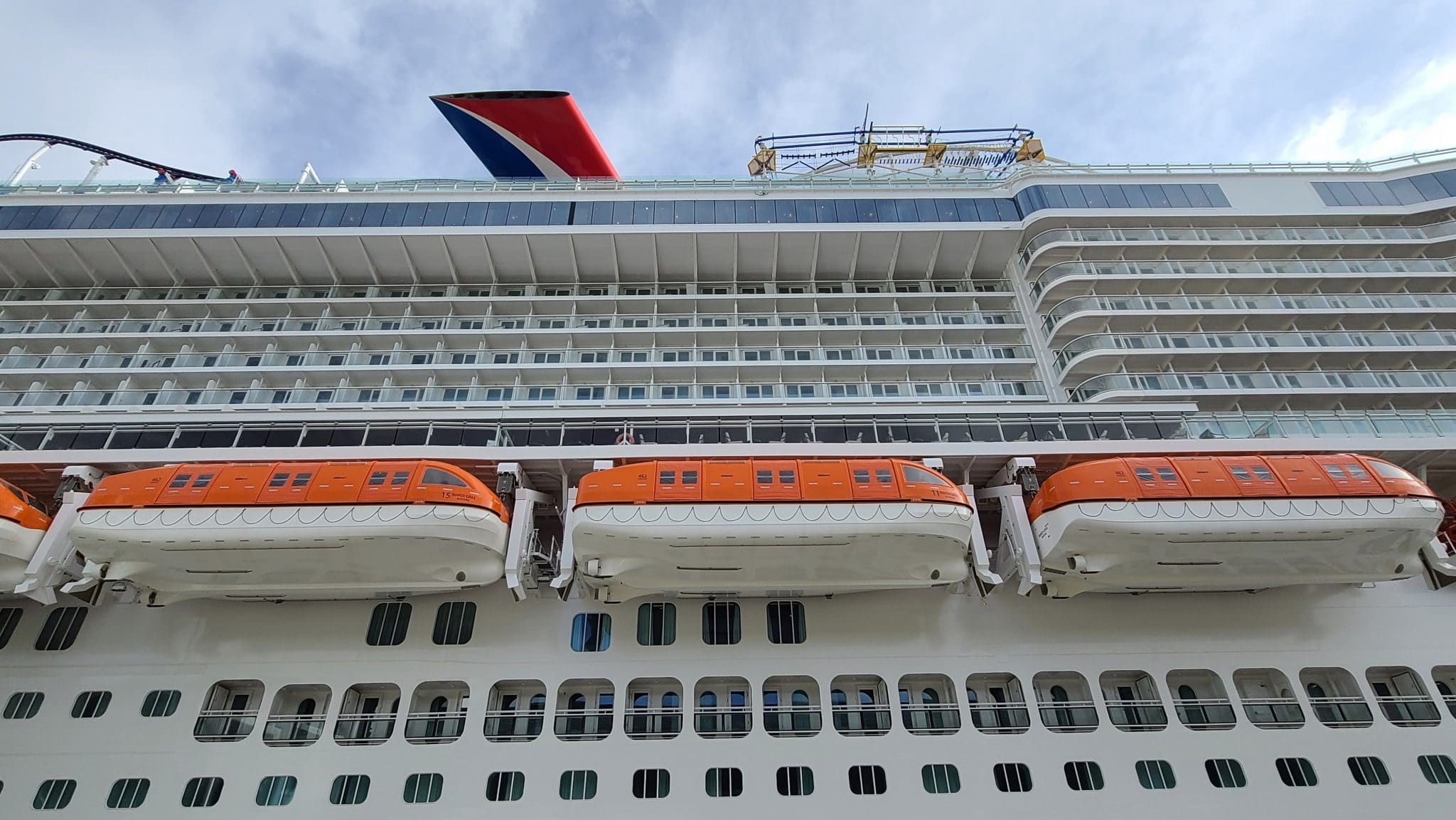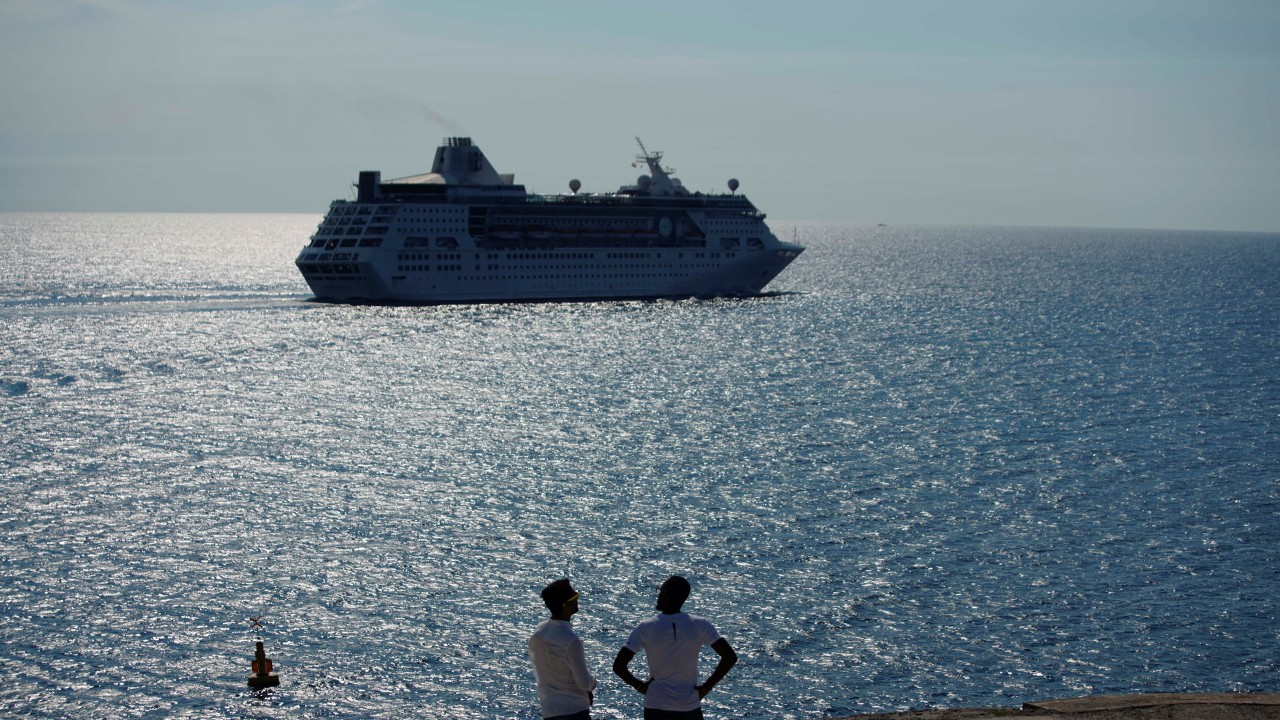Carbon Footprint Of A Cruise Ship

To achieve the best possible CII the cruise ship Foreship used in its calculation should always sail at 12 knots.
Carbon footprint of a cruise ship. According to leading independent German pollution analyst Axel Friedrich a single large cruise ship will emit over five tonnes of NOX emissions and 450kg of ultra fine particles a. So both the climate and the. A 2011 case study of cruise ships in Dubrovnik Croatia estimated that the average CO2 emitted per person per mile on a medium-sized 3000-passenger cruise ship was 14 pounds.
Norwegian Cruise Line NCL is committed to offsetting three million metric tons of greenhouse gas emissions over the next three years. Reducing the speed below 12 knots would result in a lower CII rating even if CO2 emissions reduced at the same time. Shipping currently accounts for 2-3 of global greenhouse gas emissions but a 2014 UN study warned increasing trade could up the sectors carbon.
Its time to abandon cruising as usual said Tom Siebens a GCAN activist in a press release Monday. Given the carbon intensity of cruise ship tourism and continuous growth rates it is critical to rapidly invest into new energy systems. Your carbon footprint approximately triples while cruising.
Despite improvements in fuel consumption emissions from planes in 2050 are expected to be 7 to 10 times higher than 1990 levels while emissions from ships are projected to increase by 50 to 250. A et al Carbon emissions from international cruise ship passengers travel to and from New Zealand. Six of the studies examined the industrys contribution to global warming through carbon dioxide emissions CO2.
In addition the cruise line will implement a carbon. Based on an estimated total number of about 258 million cruise ship passengers in 2017 it can be estimated that the average cruise ship passenger emits 082 tonnes of carbon dioxide-equivalent for their cruise. They conclude the carbon footprint of just one large cruise ship can be greater than 12000 cars.
As for greenhouse gas emissions the International Maritime Organization IMO estimates that carbon dioxide emissions from shipping were equal to 22 of the global human-made emissions in 2012 and expects them to rise 50 to 250 percent by 2050 if no action is taken. Cruise and ferry ship CO 2 emissions are estimated to be up to 10 percent of all ship. The cost for shipping goods has never been as low as now.



















